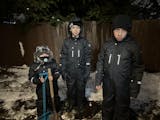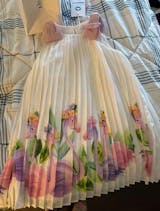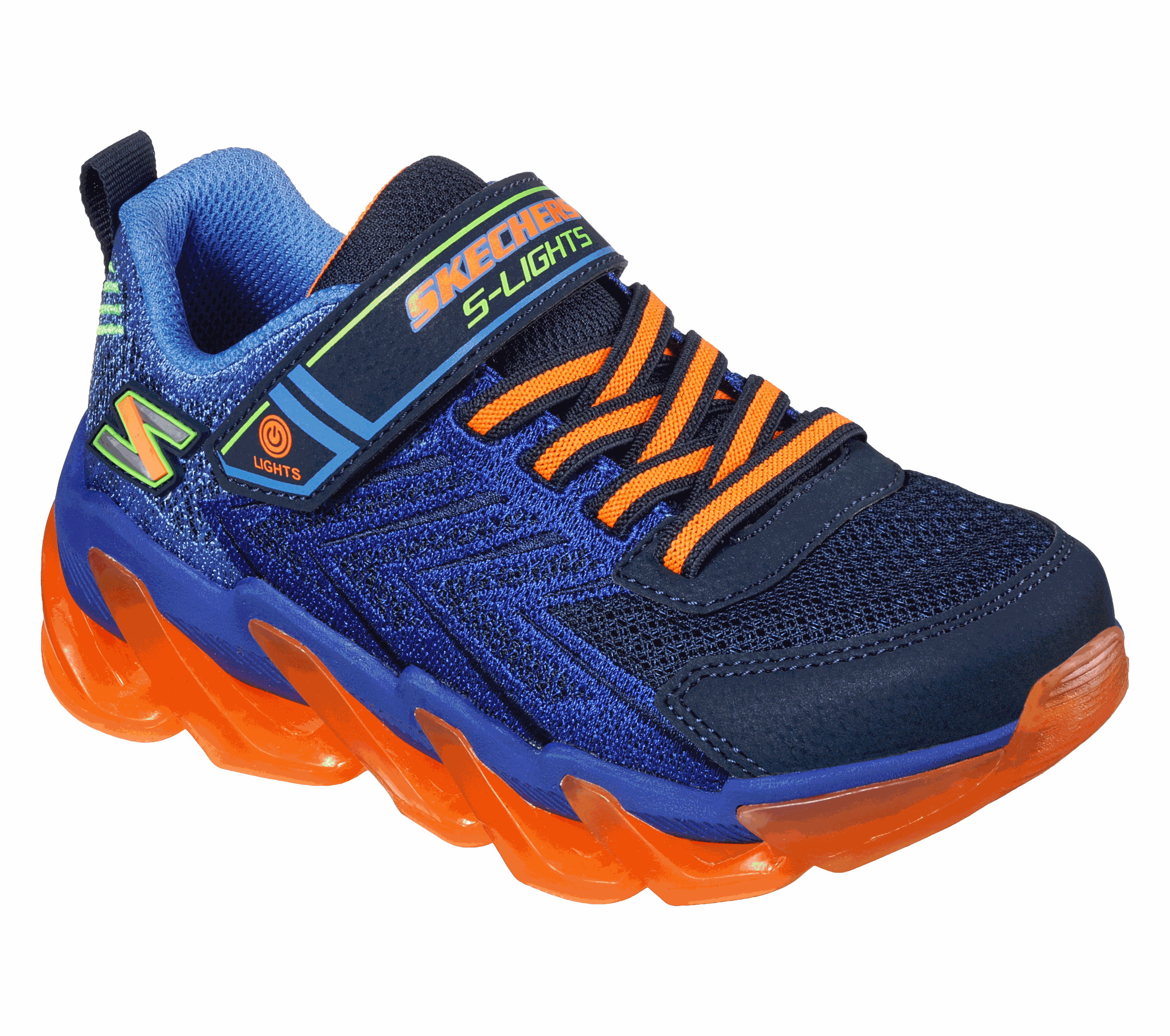1-Minute Parent Guide:
- Measure height/chest/waist/hips/inseam over thin layers.
- Babies: size up 1; Toddlers: only if cuffs/legs adjust; Big kids: true-to-size.
- Run the 5-move fit test; fix base/mid before blaming the shell.
- Layer to the feels-like; in deep cold add balaclava + mittens.
Winter play is magic—right up until a glove gap or a drop-crotch ends the fun. Honest truth? Most “bad” winter days are just bad sizing. This guide gets your kid into the right kids snowsuit with zero guesswork: quick measurements, five real-world fit moves, and one simple rule for when to size up (and when not to). We’ll map layers to the feels-like number—because −15°C with sun is not the same as −15°C with wind. By the end, you’ll know whether a one-piece ski suit or a jacket and snow pants setup fits your child’s day—daycare drop-off, hill day, or hockey-rink walks.
Quick Start
Short on time and someone’s asking for hot chocolate? Start with parent-favorites in kids snowsuits, add a cozy mid-layer from girls sweaters & hoodies, and pick a wicking base from girls leggings + girls tops. If prints get faster “yes” votes, peek Deux par Deux.
Want styling inspiration after you size? Read our mix-and-match snow outfits—layers kids actually keep on.
Two truths parents use all winter
1) Bulky coat ≠ car-seat safe. Dress thin for the harness; add a blanket or the unzipped coat over the straps. Safety first, then style.
2) Wind chill changes everything. Layer for the feels-like, not the air temp—check the Environment & Climate Change Canada wind chill table when it’s gusty.
If hands and feet are warm, you probably nailed it. If your kid overheats then shivers, the base/mid is wrong—fix moisture first, not the shell.
A quick morning story: It was −14°C with wind, backpacks were halfway zipped, and my youngest was already negotiating a ride instead of a walk. We followed the feels-like plan, ran the reach test, and left the mittens tucked under the jacket gaiters. Drop-off took two minutes, and nobody said “I’m cold” for the first twenty of recess. That’s what the right size buys you—quiet, not complaints.
Measure in 60 seconds (no drama)
Soft tape over thin layers: height (heels→crown), chest (under arms), waist (natural bend—say “pretend to hula”), hips/seat (fullest point), inseam (inner leg→floor). Jot it down. Between sizes? Keep reading—growth-room rules will tell you when to go up and when to stay put.
Editor’s note: Size charts aren’t the boss. They’re your starting point. The hallway fit test decides.
The growth-room rule (and when to break it)
- Babies (0–24 m): Size up one if they’re topping the chart or you want space for a fleece bunting. Play is more stationary; mobility trade-off is tiny.
- Toddlers (2T–5T): Size up once only if sleeves/legs adjust. No sleeves swallowing hands; no drop-crotch catching the first stair.
- Big kids (6–14): True-to-size wins for sport and recess. If you go up, make sure cuffs/hem adjust and a powder skirt or bib holds everything in place.
Features that “fake” an extra size—extendable sleeves/legs, waist tabs, suspenders—buy longevity without swimming in fabric. Shopping for school-age kids? Compare features in our school snowsuit guide—waterproof, recess-ready picks.
Layering that actually works (by feels-like)
Mild cold (−5°C to −10°C / 23°F to 14°F). Wicking base + light fleece + insulated jacket with lined pants (or a lightly insulated one-piece). Breezy? Treat it like the next tier.
Cold (−10°C to −20°C / 14°F to −4°F). Wicking base (synthetic or merino-feel) + 200–300-weight fleece (toddlers: go full fleece) + insulated jacket with bibs or a warmer one-piece.
Deep cold (≤ −20°C / ≤ −4°F) or wind chill ≤ −27. High-efficiency base + high-pile fleece or light puffy plus fleece + high-loft outer. Add balaclava and mittens. Watch cues—clumsy steps, sudden quiet, red-cold cheeks in babies—and head in early. Learn the signs in this CDC hypothermia guide.
Bottom line: you’re managing sweat and wind, not just air temperature.
Next: our wash & reproof snow gear keeps insulation lofty and shells shedding slush.
The five-move hallway fit test (do it when the parcel lands)
- Reach. Arms up—cuffs still cover wrists; belly stays covered.
- Scoop. Pretend to pick up snow—knees flex; seat seam doesn’t tug.
- Hug. Cross arms to opposite shoulders—the jacket shouldn’t jam at the neck.
- Stair. Five steps—no tripping hem; no drop-crotch.
- Crouch & twist. Squat, swivel—torso stays covered; bibs don’t cut in.
Parent Win: Passed the Stair test? You’ve likely nailed pant length for the whole season. If Stair fails but Reach passes, try tightening cuffs or suspenders before you change sizes.
Fit in 5 moves? Grab your jacket and snow pants while sizes last.
Babies (0–24 m): snug, soft, simple
A baby’s kit should feel calm: soft insulation, smooth liners, fold-over cuffs, deep zips. One-piece is your friend; add waterproof mitts/booties as needed. For drives, dress thin and put warmth over the buckled harness.
Too big: sleeves past knuckles even when cuffed, hood flops into eyes, knees hard to lift.
Too small: zipper strain, diaper-line tug, limited overhead reach.
Daycare drop-off, real life: One hand on the car seat, one on coffee. A one-piece with a long front zip turns a five-minute wrestle into a forty-second routine. Blanket goes over harness. Everyone wins.
Toddlers (2T–5T): wiggle-proof without trip-hazards
Bibs stay up when toddlers sprint, climb, and “help” shovel the driveway. Two-piece is faster for potty breaks. Size up only if cuffs/legs adjust; if the hem catches the first stair, you’ve gone too far.
Kid line you’ll hear: “I can’t climb the step!” That’s your cue to tighten or size down one.
Big Kids (6–14): mobility first, always
True-to-size keeps strides free on the rink and during long walks to the arena. Bibs + athletic-cut jackets deliver warmth without bulk; waist pants feel nimble for recess tag.
Quick ritual after a snowball round: unzip two inches, count to ten, zip again before the wind bites. That little vent stops “sweat-then-chill” fifteen minutes later.
Ski school, no drama: Two-piece with bibs for snow seal, a pass pocket, and sleeve lengths checked with gloves on. Bathroom breaks are faster, instructors are happier, and so are you.
Car-seat fit (non-negotiable and simple)
Dress thin for the car seat (long underwear, fleece), buckle snug (pinch test), then add warmth over the straps: a blanket, or the coat worn like a cape. Skip bulky inserts under the harness unless they’re approved with your seat—see Transport Canada and the AAP’s HealthyChildren tips.
Deep-dive for parents: car-seat safety in winter.
Regional playbook (US/CA climates)
Pacific Northwest & BC Coast (wet cold). Waterproof shells with sealed seams and breathable fabrics; moderate insulation; trim enough that wet fabric doesn’t feel heavy.
Prairies & Interior West (dry, deep cold). Loft + wind-blocking features matter. True-to-size, storm flaps, snug cuffs, quick vent-and-zip habits.
Great Lakes & Northeast (wind + lake effect). Prioritize windproofing and snow sealing—powder skirts, bibs, hems that don’t drag on salty steps.
Atlantic (freeze-thaw, slush). Waterproof shells and synthetic mids that still warm when damp; cotton is a non-starter.
Northern communities (prolonged extreme cold). Face coverage and hood fit over hats/balaclavas; one-piece for long still play; two-piece for older kids who run hot.
Slush week coming? Layer a shell from girls rain suits over fleece and call it good.
What a hill day or rink night really asks of your gear…
Rain turning to sleet this week—shell first, right?
Sledding. Roomy knees, reinforced seat, bibs to block snow down the back.
Skating. Sleeves that don’t ride with arms extended; cuff-glove overlap that actually overlaps. Waist pants feel zippier.
Tubing. Bibs + powder skirt = fewer complaints about snow “everywhere.”
School recess. Two-piece wins. Jacket off in class; bibs stay on. Reinforced knees/seat carry you into spring.
Decoding size charts without a headache
If a one-piece looks fine standing but tugs when squatting, torso length is short. Try the next size or a brand with more rise. “Grow” seams (often +2–4 cm) and internal gaiters quietly extend your season. Bibs move weight off the hips and keep cores warm; waist pants feel lighter for sport. Leave room for a fleece—but not so much that cuffs miss wrists on the reach test.
End-to-end system fit (hands, head, feet)
Mittens usually beat gloves for warmth and speed with littles; tuck them inside jacket gaiters (see CPS winter safety). Toes should wiggle; thick socks that choke circulation backfire. Hoods should cinch without blocking vision; test with helmets if you skate or ski.
Keep your mid-layer game strong and swap shells as needed.
Care, compression, and when to refresh
Hang gear open; pop faux-fur trims off before cycles; skip fabric softeners (they mess with wicking and DWR). If loft looks crushed and your child chills faster at the same temps, it’s probably refresh time—especially for a younger sibling who runs colder. Wet layers come off as soon as you’re inside.
Common sizing mistakes (and quick fixes)
- Buying two sizes up “for next year.” Use grow features, not guesswork; never trade away gait.
- Guessing by age, not height. Kids’ torso/leg ratios vary—measure, then do the five moves.
- Blaming the coat for sweat-then-chill. Fix the base/mid first; manage moisture before you add insulation.
- Puffy coats in car seats. Playground: yes. Harness: no.
Final sizing checklist (print-ready)
- Measurements: height, chest, waist, hips, inseam (over thin layers).
- Chart matched; five-move fit test passed.
- Sleeves cover wrists on a full reach; hems don’t catch stairs.
- Car rides: thin layers + blanket over straps.
- Today’s plan considers wind chill, not just air temp.
Found the fit? Great. Grab your set while the print your kid loves is still here—browse kids snowsuits and add the mid-layer you’ll reach for on repeat.
Save the extra trip
- Mid-layer fleece or light puffy (heat without bulk): girls sweaters & hoodies
- Base layers (synthetic or merino-feel): girls leggings + girls tops
- Slush-day shells: girls rain suits
- Backup outerwear for daycare/camp: girls coats & jackets
- Brand to watch (prints + adjustability): Deux par Deux\
Cold snap Thursday? Beat the rush with a set that actually fits—lock in your jacket and snow pants now so mornings just… work.
Brand fit quirks (use this to choose faster)
Not every brand fits the same way. Some cut athletic and close to the body; others run roomier for layering. If your child has broader shoulders or a longer torso, look for notes like “relaxed fit,” articulated knees, or a two-way main zipper that eases sitting and crouching. Long–torso kids often do better in bibs because suspenders carry the weight and the rise is more forgiving. If your kid is leggy but slim through the middle, true–to–size jacket with slightly longer pants (or a brand with extendable hems) keeps strides free without ballooning the top.
Size charts are a snapshot. If your measurement lands on the upper edge of a size and the suit has no adjusters at cuffs or waist, consider stepping up once. If the garment offers grow seams, inner gaiters, or Velcro tabs, stay true and let the features do the work. When in doubt, order two adjacent sizes and run the five–move test back–to–back; you will feel the difference in the Stair and Crouch steps immediately.
Hands, head, feet: sizing that prevents early exits
Mittens vs gloves
Mittens usually win for warmth because fingers share heat. They also go on faster for toddlers. Choose a gauntlet that slides over jacket cuffs and cinches once. If your child insists on gloves for dexterity, add thin liner gloves for the coldest days and make sure the glove length still overlaps the sleeve when doing the Reach move.
Boot fit and socks
Toes should wiggle. A boot that is too tight or stuffed with two thick socks will trap moisture and chill feet. One medium sock that wicks is better than two bulky layers. For sledding or long, still play, removable liners help you dry things overnight. Teach kids to stomp snow off the boot before coming inside; packed snow melts and soaks socks fast.
Head and face coverage
Hoods should move with the head without covering eyes. A good test: look left and right; vision should stay clear. In wind, pair a balaclava with the hood so only a small face window is exposed. If your child uses a helmet for skating or skiing, try the hood over and under the helmet once so you know which configuration actually works before you head out.
Body shapes & growth spurts (how to size smart)
Long torso, average legs: Bibs shine here. The suspenders keep the seat from tugging during the Crouch test, and the higher rise blocks snow on the playground slide. Pair with a jacket that passes the Hug test so shoulder rotation stays free.
Leggy runner: Look for extendable hems in pants, internal gaiters that grip the boot, and knees with articulation. Keep the jacket true–to–size so arm length doesn’t outpace control. If you have to pick one piece to allow extra room for growth, pick the pants and let suspenders or waist tabs dial the fit.
Broad shoulders, strong skater: Prioritize a jacket with rib–free underarms or stretch panels. Try the Hug test with a fleece mid–layer on. If the collar jams or the shoulders lift when crossing arms, size up the jacket only, then snug cuffs and hem so wind doesn’t sneak in.
Toddler in a growth leap: Use features over fabric. One size up can turn stairs into a hazard. Instead, choose a suit with fold–over cuffs, extendable sleeves/legs, and plenty of adjusters. Recheck the five moves mid–season; a quick strap tweak often fixes new wobbles.
Exchange & try-on playbook (save yourself a return)
- Unbox with purpose: Keep tags on and lay out thin base + fleece mid next to the suit. You want to test the full system, not just the shell.
- Five moves, two sizes: If you ordered adjacent sizes, run the test in the smaller one first. Note where it pulls. Then try the larger size. You’ll feel if mobility or sealing gets worse.
- Glove overlap & boot gaiters: Put on real gloves and boots for the test. Check that gauntlets cover cuffs and that internal gaiters grip the boot shaft.
- Simulate the day: Do three stairs up and down while holding a backpack or lunch bag. If hems catch or drop–crotch appears, adjust straps; if it persists, size is off.
- Decide fast: Snap two photos (arms up and crouch) for each candidate size. Compare side by side and choose; pack the other size right away so returns stay easy.
Final check before you toss the box: zipper runs smooth; hood cinches evenly; pockets are reachable with gloves on; and your child can bathroom independently in the setup you chose. If all that is true and the five moves pass, you’re set for a drama–free winter.
Pro tip: Keep a small zipper lube and a packable repair patch in the entry drawer; a 30‑second fix can save a whole recess or ski lesson.




























